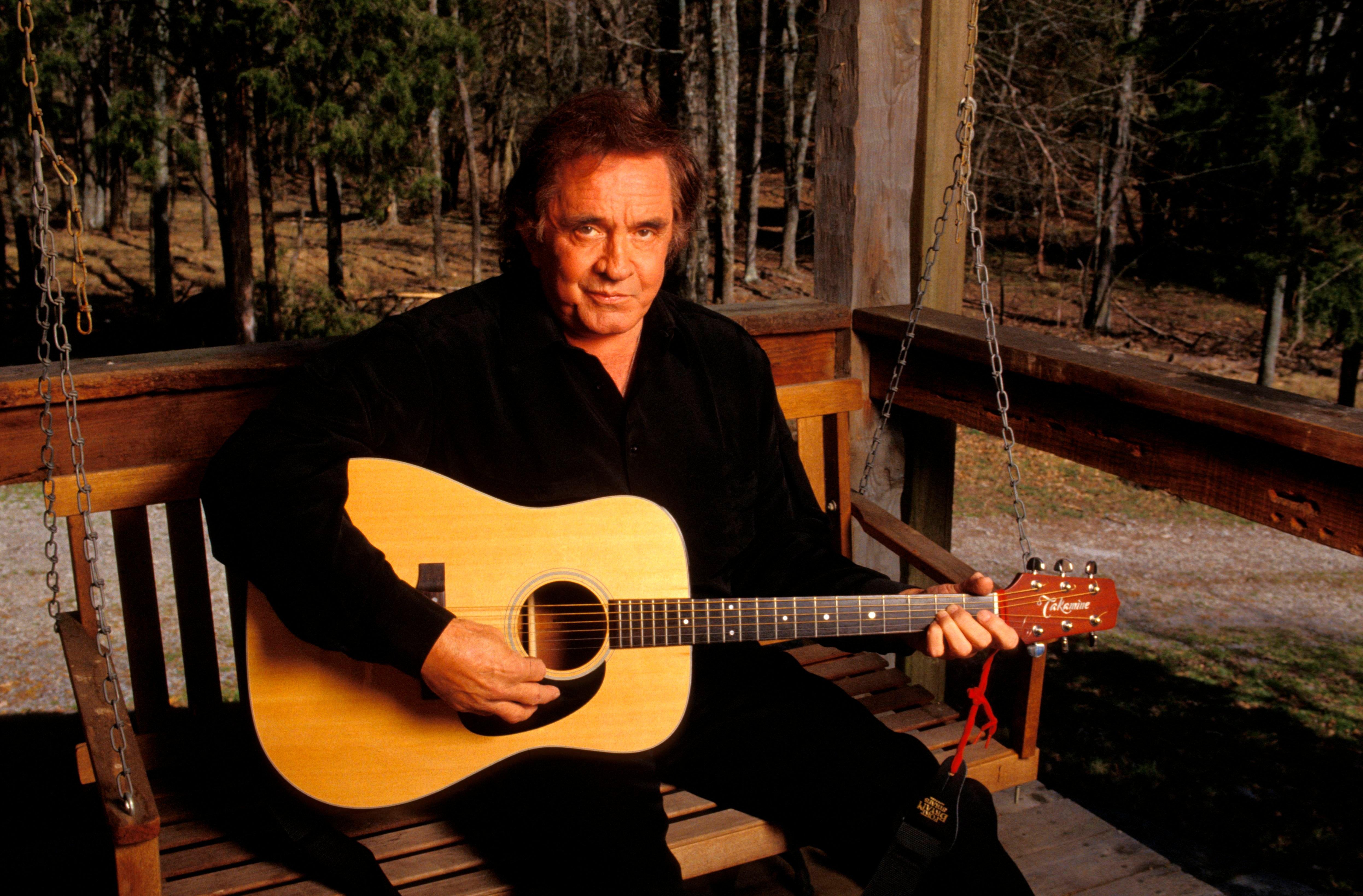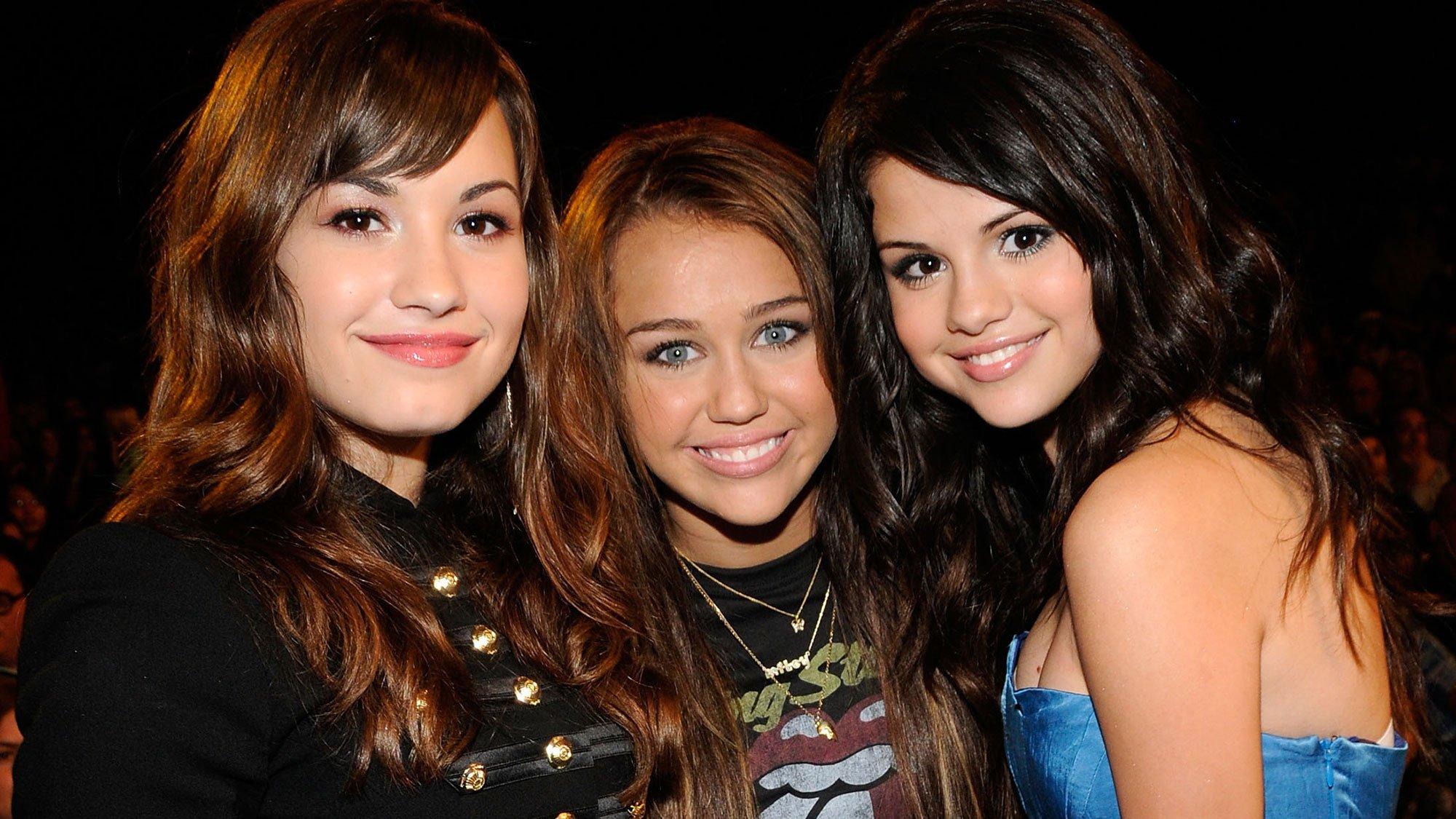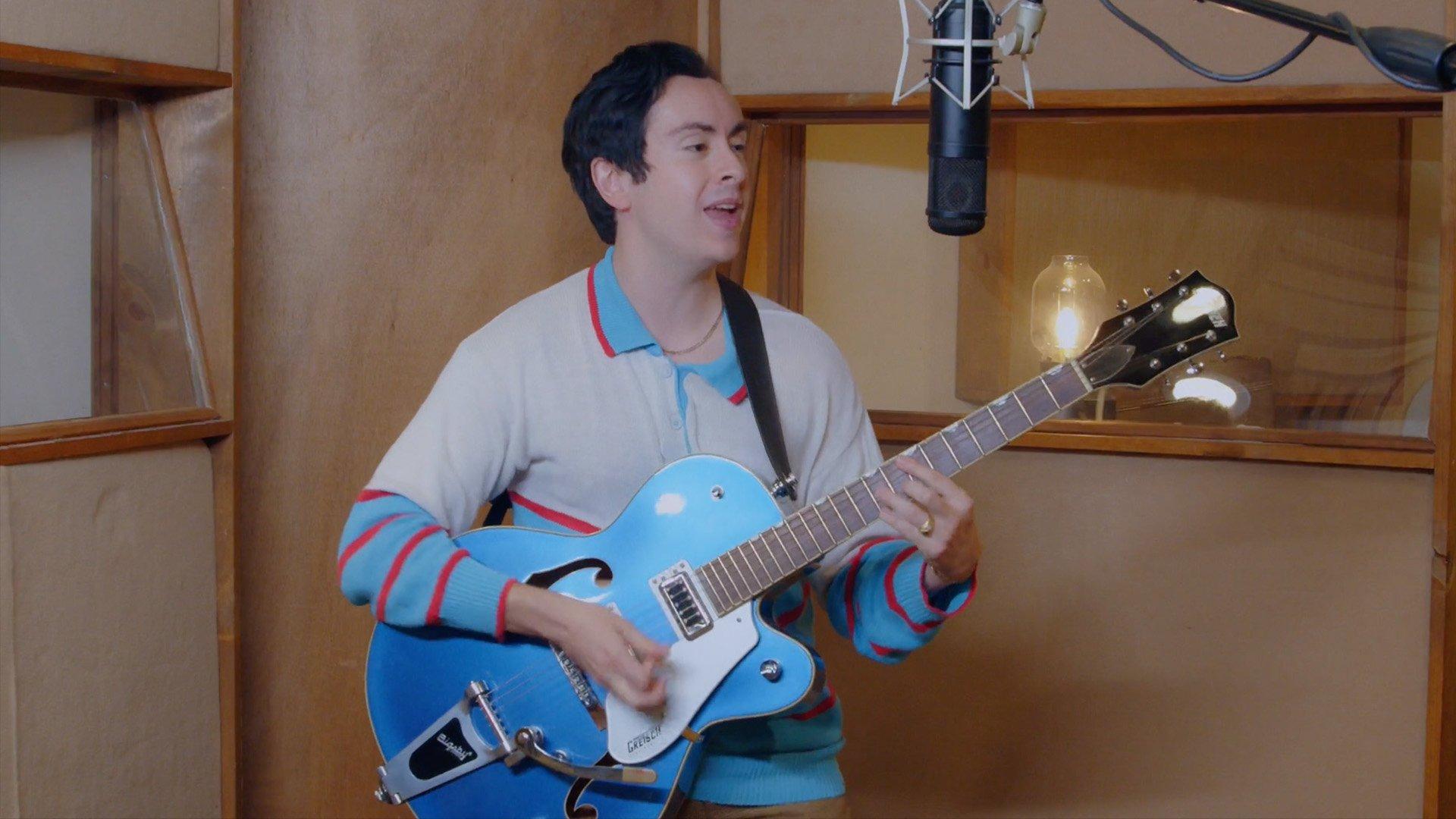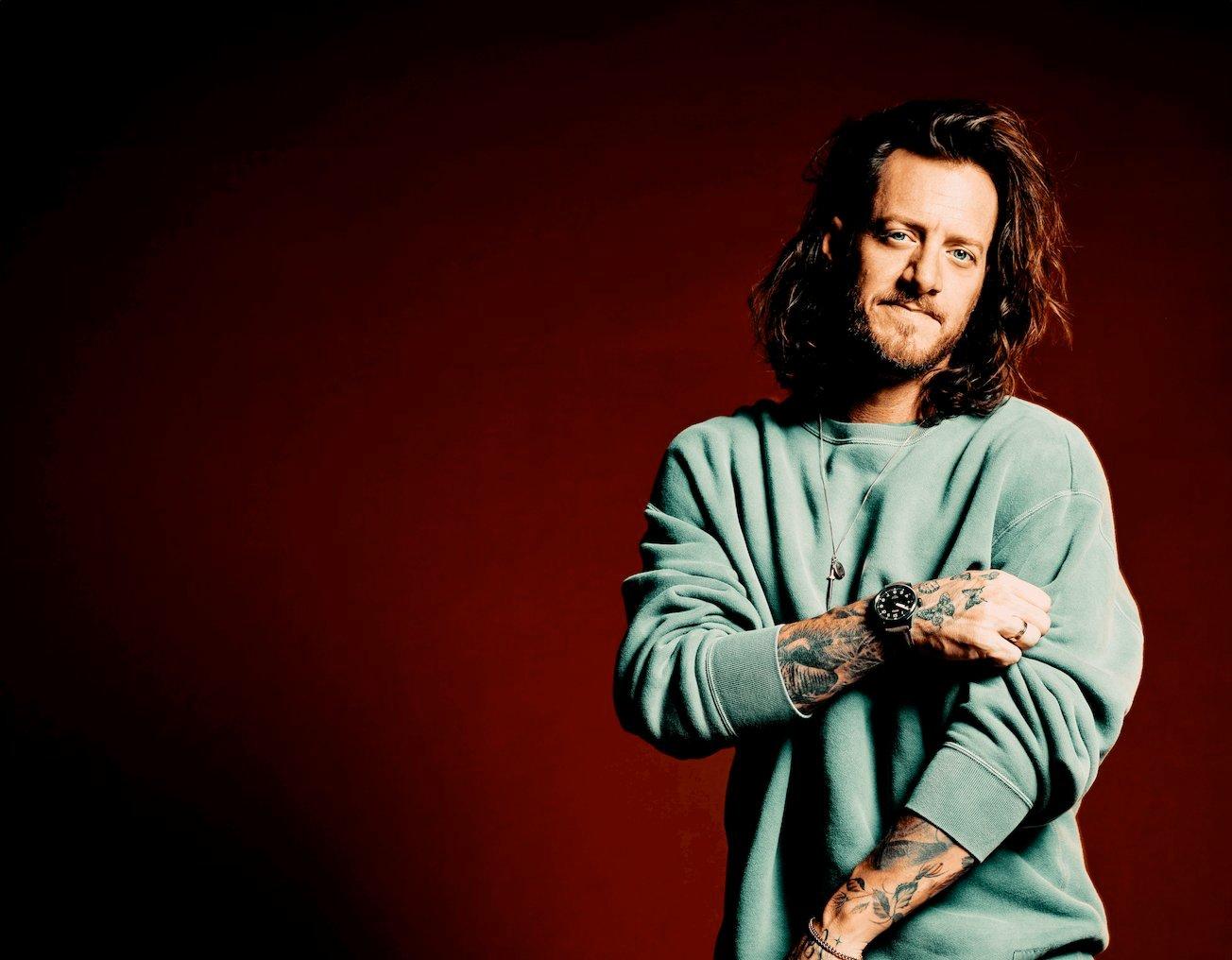Country fans first got to know Tyler Hubbard as the voice of Florida Georgia Line. Upon his solo debut in 2022, they got a deeper look into his life as a devoted family man. Now, the chart-topping singer/songwriter wants to show his skills as the genre's feel-good party starter.
Hubbard's second album, Strong, turns up the energy with 13 tracks that focus on spreading the joy he's feeling in his own life. There's several parallels to his self-titled debut, including another tribute to his late father on "'73 Beetle" and reflections on his small-town Georgia upbringing with "Take Me Back" and "Back Then Right Now." Yet, every narrative feels more celebratory — buoyed by Hubbard's purposeful delivery, his hopeful lyricism, and uptempo melodies.
It's a natural evolution for Hubbard, who has projected positivity in his music and his image since his FGL days. And now that the world has welcomed him as a solo act — including two No. 1s at country radio with "5 Foot 9" and "Dancin' in the Country," and several sold-out shows in 2023 — he felt it was only right to bring good vibes with his second LP.
"I was carrying the momentum from last year — the first album, being out on tour, the energy from the fans," Hubbard shares. "If you come to my live show, it's a lot of happy, fun dancing energy, and that's what I've really enjoyed kind of leaning into right now."
Ahead of Strong's release, Hubbard sat down with GRAMMY.com to chat about his album process. Below, he breaks down the most important components, from writing nearly every song on his tour bus to happily riding in the "good time lane."
Building On The First Album
The first album was more of an introduction to who I am, and this album is more settling in. It's inspired by the live show more than anything, and the fans themselves, as opposed to me and my story.
I kind of want [these songs]to feel like distant relatives to the first album. I'll use that analogy a lot of times in sessions and just say, "Let's elevate, and let's move forward and progress, but let's keep it in the same family."
When I was writing both these projects, it was a tough time. You know, going through the pandemic and all that brought along, transitioning into different careers and not knowing what was gonna happen with FGL for a while. Obviously, my marriage really inspired the song "Strong," but there's sort of that principle [from album one to album two] of going through a hard season that you come out on the other side of it stronger.
Writing On The Road
Last year, I was getting in front of my audience for the first time [post-pandemic] and really getting to see what they wanted, what was resonating, what was working, maybe what was missing in the set. So I was able to pull that energy from the fans right back to the bus. The majority of this album I wrote on the road last year, which is where I love to write songs. I love to write in town too, but [there's] something about being out on the road — you just feel a little extra creative and a little less distracted.
Back in the day, when we were starting off and really roughing it, we didn't have anything else to do but our careers, so we'd come home from the road and we'd write three or four days a week, and then we would go hit the road and play shows. But now that I'm a husband and a father, I try to compartmentalize it, so when I'm home during the week, I can take some time off to be with the kiddos and my wife.
And fortunately, now, I have my own bus, so I can bring writers out, and we can just hunker down on my bus all weekend and write songs. It's pretty fun because you kind of feel like you're binge writing a bit. But once you get in that creative space and your wheels are turnin', it's nice to stay there for more than four or five hours like we do in Nashville, turning it off at 4 o'clock and going home. It keeps it fun.
Creating Music For The Stage
We were mainly thinking about the live show [when we were writing]. It just felt like [we were writing] songs I couldn't wait to play live.
There's some heart, there's some depth, there's emotion and vulnerability in a lot of these songs that I like to play live, but overall, I want it to just feel fun. There's enough stuff in our world to make us sad, so I'm just like, if I can put music out that makes people feel good, that's what I want to do.
Especially in the context of our genre and our culture — it feels like there's a lot of sad boy country going on right now. You know, nothing wrong with that, I like to get real and emo a bit. But I think if everybody's doing one thing, I try to lean to the other. And right now I love where we're headed, in the good time lane.
I was soaking up everything Keith [Urban] was doing [while touring with him last year]. I watched his set most nights. He's kind of the king of fun tempo live energy. [We were] either [trying to] make Keith jealous or make Keith want to record one of the songs we write. So some of these songs are probably inspired by trying to get a Keith Urban cut.
"Park," "Wish You Would" and "Vegas" are [three] of those songs. They go really well live and have been really, really fun. The crowd starts moving in a weird way when ["Wish You Would"] comes on. It looks like they're just, like, lettin' loose and not really coordinated at anything. [Laughs.]
"Back Then Right Now" is the single, so people are knowing that one [more] and it's cool to see them singing it and engaged. "BNA" is gonna be a lot of fun to play live. I could probably play this whole album top to bottom and be pretty happy with that being the set.
Honoring Where He Came From
I wanted this album to still be dynamic — as uptempo as it is, I still wanted the fans to be let in a little bit more into who I am and deeper into my life. Hopefully with each project I put out, I have some songs that let people in a bit more and tap into a vulnerable place, and challenge me as a person and a writer to just continue to go there.
I have a unique relationship with my hometown. I love where I came from, and I'm proud of where I'm from, but it's not somewhere that I'm still living — I've been in Nashville longer than I was in Georgia, I've been here for over 18 years. A lot's changed since then. The house I grew up in is not there, my dad's gone, my mom's moved to Alabama.
It's an interesting dynamic, because in our genre, it's cool to be really proud of where you're from, and really pay homage to where you're from. And I still do — a lot of these songs are literally born because of where I came from. But at the same time, I don't have that same relationship with where I'm from. I just thought it was a little bit of a different approach on the relationship with the hometown with ["Take Me Back"]. I hope people can relate to it.
Recruiting Trusty Collaborators, Like Producer Jordan Schmidt
The collaborators and songwriters on this project, there's a couple of new ones, but there's a lot of guys that I have a big history with. A lot of that's just due to the fact that if I'm bringing writers out on the road, it's guys that I know and trust, and that I've had success with. I'm not speed dating on the road — it's just very intentional, efficient time.
They've proven themselves, and so there's no reason to not go back to 'em. I just can't reiterate enough how thankful I am to be in this city, in this songwriting community. I have so many people that make me a better songwriter and push me as an artist and come with great ideas. It makes it that much more fun to write songs and do what I love.
Also, to know me, and who I am, and where I'm headed, and what I want to do and say, that helps tremendously because we're not just shooting in the dark. I think "Wish You Would" is a song that's a little unique and feels really fun. If I was going to pick a direction, that's a cool, fresh sound that I'm really enjoying right now.
Leaning Into Feeling Good
I'm in a really sweet season. Not just with the work stuff, but my family is in such a good spot. My kids are 3, 4 and 6, so they're in a really fun, just joyful season. I can have a bad session or a tough day, and I can go home and get overwhelmed with joy and love in the house. It's just awesome energy. I'm really grateful for that, and I'm really kind of leaning into it.
I hope [fans] understand how grateful I am to be here to be still doing this 13 years later, and to be able to have another opportunity to experience a lot of firsts again, and get to continue to connect with them. I just love what I do, and I gotta give the fans a lot of credit for allowing me to do it.
8 Artists Bringing Traditional Country Music Back: Zach Top, Randall King, Emily Nenni & More On Why "What's Old Becomes Beloved Again"




